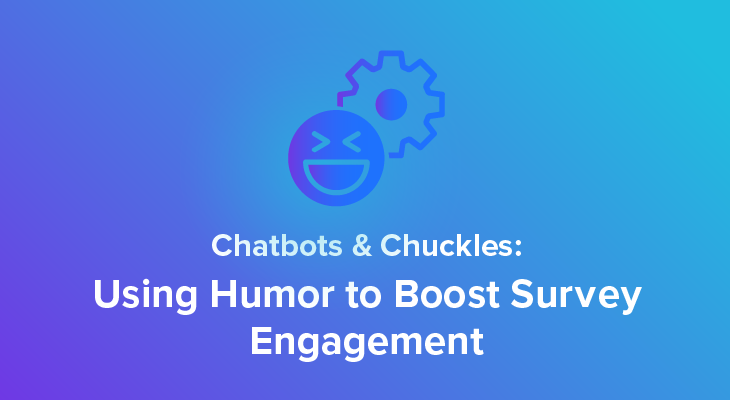Great interviewers don’t just ask questions — they adapt. Now, conversational AI brings this human skill to automated research at scale. Imagine an open-ended survey that can effortlessly switch from Gen-Z slang to corporate lingo to dad jokes that keep middle-aged parents engaged.
Conversational AI is already common in big qual, with bots conducting real-time interviews and probing for deeper responses. But most still rely on a single voice. That’s a problem, especially when tone alone can determine whether someone opens up or checks out.
The next evolution is adaptive AI: bots that adapt the interview style based upon profile data or shift style mid-interview to match how each person communicates. With adaptive interviewing, we can not only improve engagement from current participants but also better reach chronically underrepresented demographics.
“Young men tend to drop out of survey panels or just not engage in the first place, as a result, panel companies are constantly trying to recruit and retain these individuals but often fall short which creates bias in the data,” says Frank Kelly, Market Research Practice Lead at Virtual Incentives. “If we’re not hearing from them, we’re only getting part of the picture.”
When we rely on skewed data, we risk missing the mark entirely. Bad data leads to bad decisions. And when half the picture is missing, businesses build products no one asked for and launch campaigns that fall flat.
The approach is gaining momentum. Chatbot-based data collection methods have grown by 17% in the past two years, for instance, driven by demand for higher engagement and access to harder-to-reach audiences.
How Conversational AI Powers Adaptive Interviewing
Adaptive interviewing works just like an emotionally intelligent human interviewer would. First comes style detection. The conversational AI chatbot identifies communication preferences through an initial set of calibration questions. From those questions, the AI can detect respondent style — whether they use emojis, write in fragments, or prefer formal language.
Based on this initial assessment or data from previous interactions with the respondent, the conversational AI will adjust its communication style. It uses casual language for respondents who use slang or maintains a professional tone for those who prefer formal communication. This makes the respondent feel more comfortable.
Next, the conversational AI creates micro-adaptive scripts. The system selects from multiple versions of the same question based on the respondent’s style. For example, a younger female respondent might see, “Where do you usually hear about cool new stuff to try? Your “For You Page,” a friend’s rec, or maybe some genius TikTok ad?” Meanwhile, an older male receives: “When you find out about a new product, whether it’s a new gadget, a tool, or even a snack, what usually tips you off?”
Lastly, the system continues to make dialogue shifts throughout the interview. For tired respondents losing steam, it adds humor. For rushed respondents, it shortens questions. These adjustments maintain engagement throughout the conversation.
Promising Preliminary Results
Our research into adaptive interviewing shows potential. When we tested humor as an adaptive element, male respondents provided 14% more words compared to standard interview language, a notable breakthrough in engaging a typically hard-to-reach demographic.
Adaptive interviewing also improved how respondents felt about the experience as a whole. Sentiment analysis showed 40% of those receiving humorous prompts through conversational AI reported somewhat or very positive feelings about the survey, compared to only 29% with standard language.
When faced with a choice between an engaging survey and a standard survey that paid more, respondents consistently prioritized an engaging experience over the increased incentive.
In fact, the engaging survey was so appealing that it took a 50% increase in reward points for most people to choose the boring one instead. And even when the engaging survey offered 50 fewer points, nearly 40% of respondents still chose it.
The Future of Market Research
Using conversational AI for adaptive interviewing will transform how companies collect research data. By making surveys feel like chats with a like-minded friend, companies can capture more honest responses, engage hard-to-reach demographics, and reduce costs by relying less on incentives.
This technology exists today. Current conversational AI chatbots can adjust tone, vocabulary, and cultural references based on demographic information. The challenge isn’t developing new technology but strategically applying existing capabilities.
Future research will determine how to optimize these systems, which humor types work best with different demographics or how to calibrate tone appropriately. But one thing is clear: companies that implement adaptive interviewing will access insights their competitors miss entirely.
